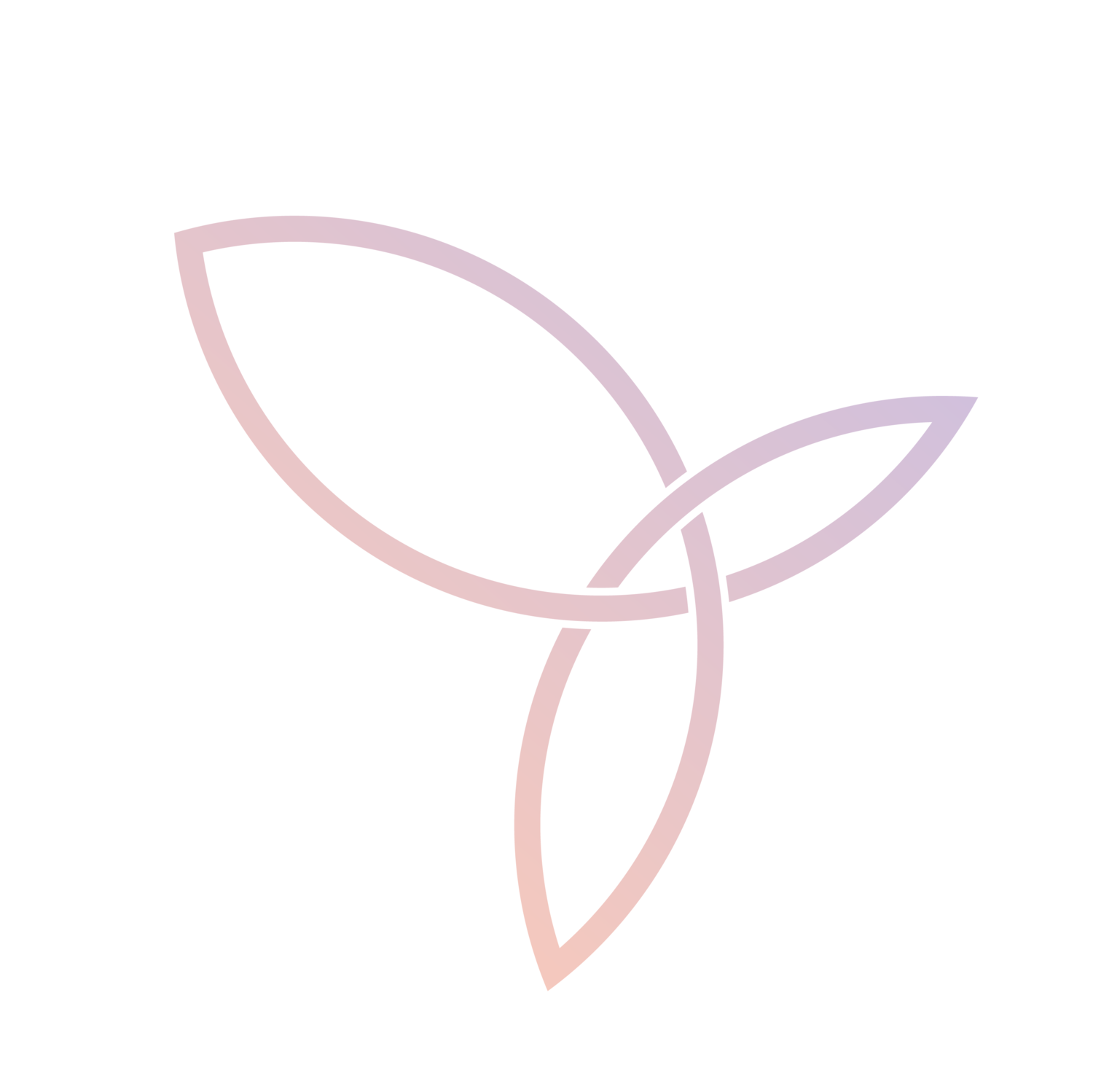“The art of healing comes from nature, not from the physician. Therefore, the physician must come from nature, with an open mind.”
WHAT IS NATUROPATHIC MEDICINE?
Established in North America in 1901, Naturopathic Medicine is a primary healthcare profession that integrates current scientific research with traditional forms of healing in order to bring balance to the body and mind. Naturopathic Doctors have been licensed and regulated in BC since 1923.
Patient-centered treatment plans are individualized, focused on resolving the underlying cause of the illness and are rooted in the belief that nature cures.
Over 2400 years ago Hippocrates, known as the founder of medicine, was the first to proclaim "the healing power of nature." It is this philosophy that inspired the 6 principles of Naturopathic Medicine.
Prinum Non Nocere
First do no harm. Utilize the most natural, least invasive and least toxic interventions to obtain results for each patient.
VIS MEDICATRIX NATURAE
Healing power of nature. Trust in the body’s inherent wisdom to heal itself.
Tolle Causam
Identify and treat the root causes. Treat the underlying cause rather than just suppressing symptoms.
PREVENIO
Assess risk factors and prevent disease. The best cure is prevention.
TOLLE TOTUM
Treat the whole person. Provide individualized treatment, considering the mental, emotional, physical and spiritual components, recognizing that they are an integrated whole.
DOCERE
Doctor as teacher. Educate and empower patients to achieve and maintain good health.
“Even though Naturopathic principles are as old as history, they are as new as tomorrow because nature and truth never change. Any system that cured people years ago, will cure people today, and we now can scientifically validate and explain the clinical success of these approaches.”
Naturopathic medicine isn’t new, and many of its practices have been used effectively for thousands of years; for example, acupuncture and herbal medicines. In the early 1900s, Naturopathic Medicine was a thriving profession, which incorporated many healing modalities from all over the world, in order to give each patient the best of what they needed.
The 1920s to the 1970s was a period of enormous struggle for the Naturopathic profession, adversely affected by the socio economic climate, politics, lobbying, medical associations, and promises of medical cures (ie. pharmaceuticals). The Healthcare system shifted toward the pharmaceutical industry and surgical interventions and away from Naturopathic practices. Thanks to many passionate and resilient Naturopathic pioneers, one naturopathic school (National College of Natural Medicine) persisted despite the 50 year lull, which kept the medicine alive.
Since the 1970s there has been a resurgence in public interest towards naturopathic medicine, driven by people seeking alternative therapies to prescriptions or invasive treatments, and the recognition of personal responsibility for health.
Today, 7 accredited Naturopathic Medical schools exist in North America, with two in Canada; The Boucher Institute of Naturopathic Medicine in Vancouver and The Canadian College of Naturopathic Medicine in Toronto. Naturopathic Doctors are regulated to practice in British Columbia, as in 5 other provincial/territory jurisdictions in Canada and 20 states/territories of the United States, with this number growing.
“The best doctor gives the least Medicines.”


